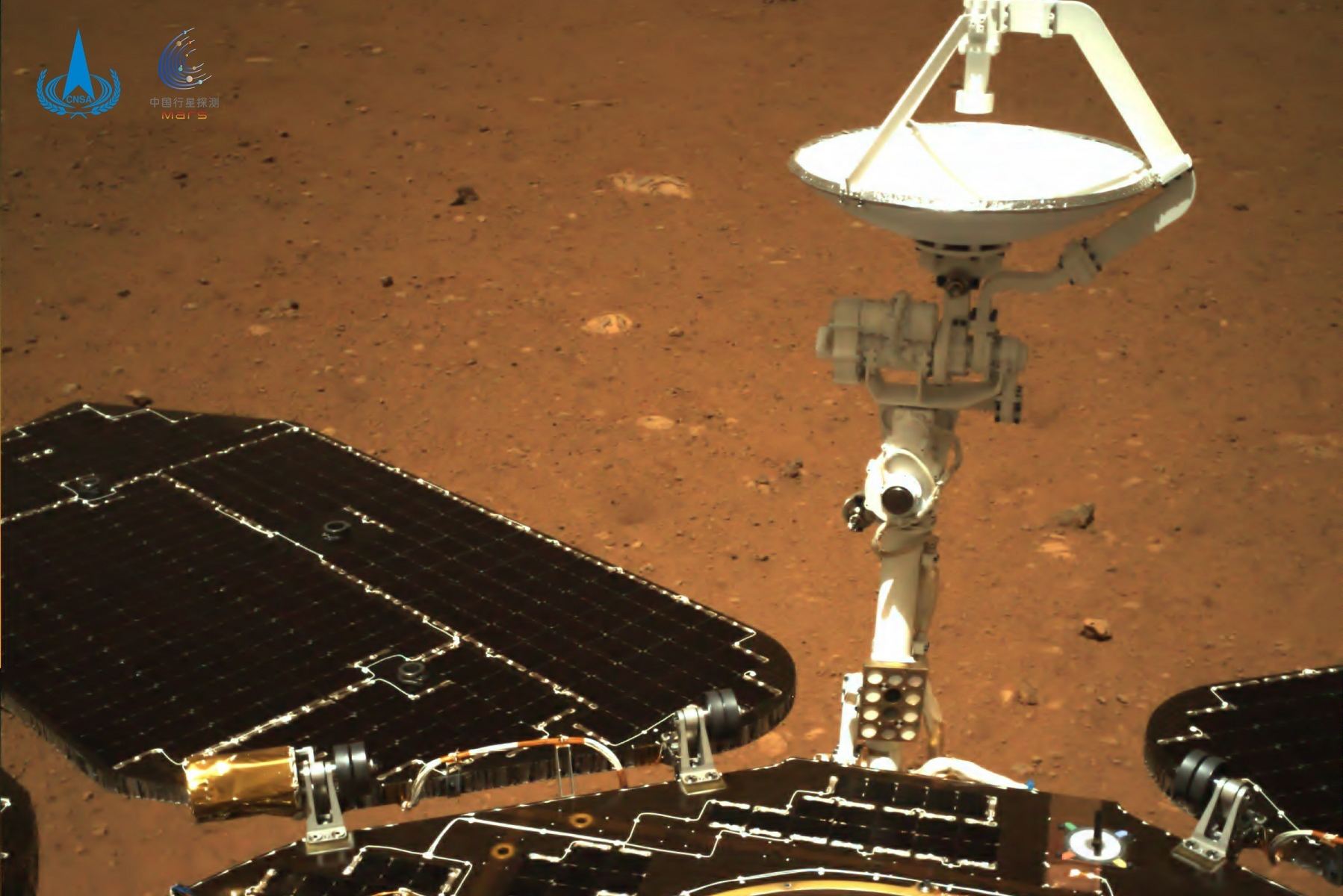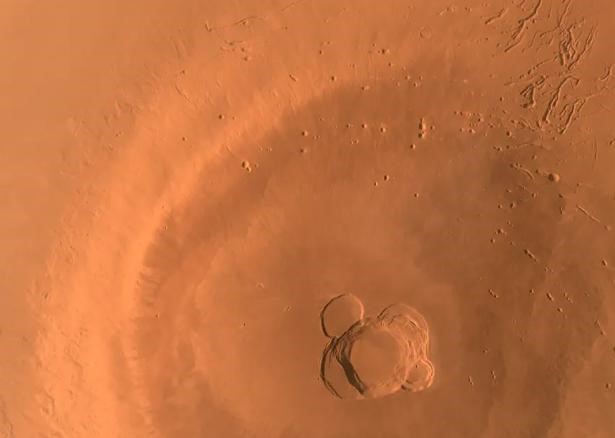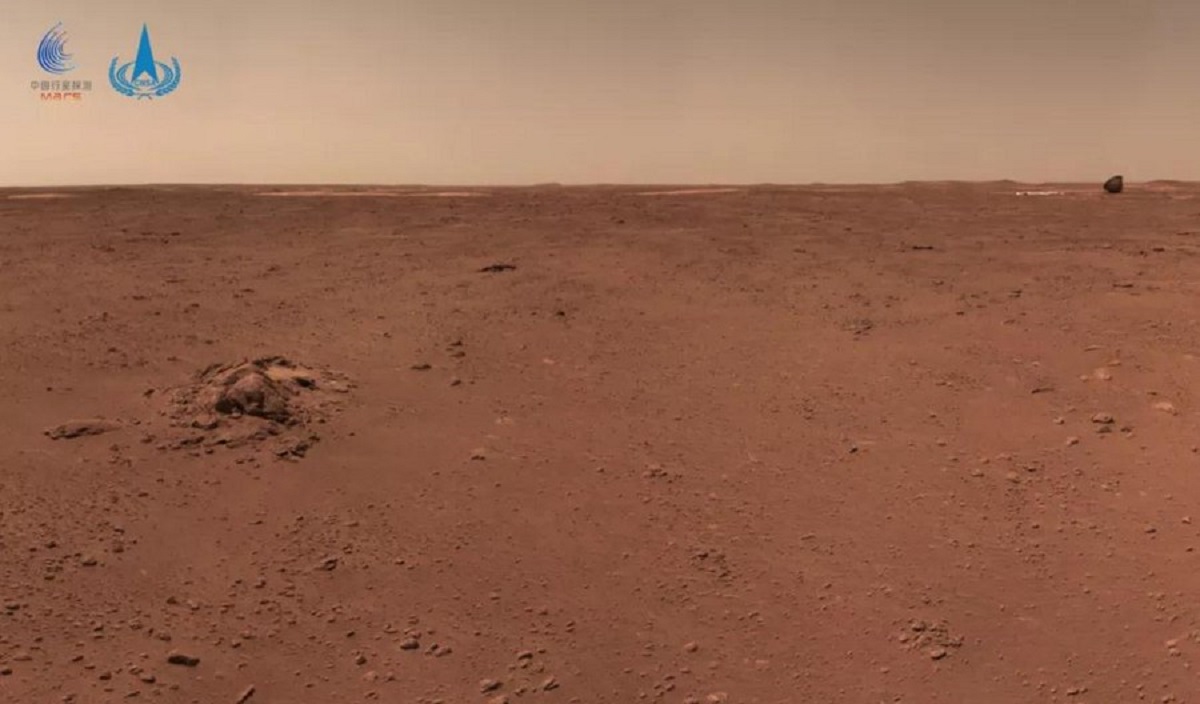Communication between spacecraft relies upon line of site technology, if anything is in the way, communication isn’t possible. Exploration of the far side of the Moon is a great example where future explorers would be unable to communicate directly with Earth. The only way around this is to use relay satellites and the Chinese Space Agency is on the case. The first Queqiao-1 was able to co-ordinate communications with Chang’e-4 landers and now they are sending Queqiao-2 to support the Change’e-6 mission.
Continue reading “China’s Next Lunar Relay Satellite Blasts Off”China Has its Own Secret Space Plane, and it Just Landed

A lot has changed since the last Space Age. Unlike the days of Sputnik, Vostok, Mercury, and Apollo, the current era is not defined by two superpowers constantly vying for dominance and one-upmanship. More than ever, international cooperation is the name of the game, with space agencies coming together to advance common exploration and science goals. Similarly, there is the way the private space sector has become a major participant, providing everything from launch services and commercial payloads to satellite constellations and crews.
But in some ways, old habits die hard. Since the turn of the century, China has emerged as a major power in space, to the point of becoming a direct competitor with NASA’s human space programs. For the past few years, China has been developing a reusable autonomous spaceplane to compete with the X-37B Orbital Test Vehicle (OTV). Known as Shenlong (“divine dragon”), this spaceplane recently concluded its second test flight after spending 276 days in orbit. Though the details are scant, the Chinese state media company Xinua declared the flight a breakthrough for the Chinese space program.
Continue reading “China Has its Own Secret Space Plane, and it Just Landed”China is Planning to Land Humans on the Moon by 2030 as Part of its Ambitious Lunar Agenda

Weiren Wu, the Chief Designer of the Chinese Lunar Exploration Program (CLEP), recently announced an ambitious plan to put Chinese footprints on the lunar surface by 2030. This announcement came just prior to this year’s Space Day of China, an annual event celebrated on April 24th meant to showcase the space industry achievements of the China National Space Administration (CNSA).
Continue reading “China is Planning to Land Humans on the Moon by 2030 as Part of its Ambitious Lunar Agenda”China Launches First Solar Observatory ASO-S
China launches ASO-S, its first mission to explore the Sun.
One thing’s certain in modern astronomy: you can’t have too many missions exploring our host star. This is especially true in 2022, as Solar Cycle #25 gets underway in earnest, and heads towards its peak in 2025. China entered the quest to explore our Sun this past weekend, with the launch of its new Advanced Space-based Solar Observatory (ASO-S).
Continue reading “China Launches First Solar Observatory ASO-S”China has Added a Science Module to its New Space Station
China has expanded their research capabilities on the Tiangong 3 space station by adding a science module, named Wentian. The new laboratory launched from the Wenchang launch center on July 23 and the module docked to the space station on July 25. China’s Manned Space Agency (CMSA) says the astronauts on board will soon be able to conduct experiments in microgravity and life sciences.
Continue reading “China has Added a Science Module to its New Space Station”China’s Tianwen-1 has Imaged the Entire Surface of Mars, Completing its Primary Mission
After exploring Mars for more than a year, China’s Tianwen-1 space probe has successfully taken images covering the entire Red Planet, China’s National Space Administration (CNSA) announced on June 29. Tianwen-1, which translates to “quest for heavenly truth”, consists of six separate spacecraft: an orbiter, two deployable cameras, lander, remote camera, and Zhurong rover. The images in question were taken by the orbiter while circling Mars 1,344 times, capturing images of the Red Planet from every angle while Zhurong explored the surface. in the statement, CNSA said the probe has now completed all of its tasks, which included taking medium-resolution images covering the entire planet.
Continue reading “China’s Tianwen-1 has Imaged the Entire Surface of Mars, Completing its Primary Mission”China Wants to Build a Spaceship That’s Kilometers Long

It’s no secret that China has become a major contender when it comes to spaceflight. In the past twenty years, the China National Space Agency (CNSA) has accomplished some historic firsts. This includes sending astronauts to space, deploying three space stations (as part of the Tiangong program), developing heavy launch vehicles (like the Long March 5), and sending robotic explorers to the far side of the Moon and Mars.
Looking ahead to the next decade and beyond, China is planning on taking even bolder steps to develop its space program. Among the many proposals the country’s leaders are considering for its latest 5-year plan, one involved creating an “ultra-large spacecraft spanning kilometers.” Having this spacecraft in Low Earth Orbit (LEO) would be a game-changer for China, allowing for long-duration missions and the utilization of space resources.
Continue reading “China Wants to Build a Spaceship That’s Kilometers Long”New Images of Mars From China’s Rover
On May 14th, 2021, the China National Space Agency (CNSA) achieved another major milestone when the Tianwen-1 lander successfully soft-landed on Mars, making China the second nation in the world to land a mission on Mars and establish communications from the surface. Shortly thereafter, China National Space Agency (CNSA) shared the first images taken by the Tianwen-1 lander.
By May 22nd, 2021, the Zhurong rover descended from its lander and drove on the Martian surface for the first time. Since then, the rover has spent 63 Earth days conducting science operations on the surface of Mars and has traveled over 450 meters (1475 feet). On Friday, July 9th, and again on July 15th, the CNSA released new images of the Red Planet that were taken by the rover as it made its way across the surface.
Continue reading “New Images of Mars From China’s Rover”Shanghai is About to Open the World’s Largest Astronomy Museum
China has certainly been making its growing power and influence felt in recent years, especially when it comes to the realm of space exploration and science. In the past ten years alone, China has deployed the three space stations with their Tiangong (“Heavenly Palace”) program, unveiled the Long March 5 heavy launch rocket, and sent robotic missions to the far side of the Moon and the surface of Mars.
Here on Earth, facilities like the Five hundred meter Aperture Space Telescope (FAST) illustrate China’s growing accomplishments in space and astronomy. And on Friday (July 16th), the largest museum in the world dedicated to the study of space – the Shanghai Astronomy Museum – will open its doors. The purpose and design of this museum is to highlight China’s accomplishments in space and astronomy, as well as the country’s future ambitions in space.
Continue reading “Shanghai is About to Open the World’s Largest Astronomy Museum”Pictures From China’s Mars Rover Fuel NASA Chief’s Funding Pitch to Congress

The first pictures from a Chinese probe on the surface of Mars were released May 19, sparking a plea from NASA’s recently appointed chief for more funding to keep America in the lead on the space frontier.
China’s Zhurong rover, which landed on the Red Planet on May 14, sent back pictures as it sat atop its landing platform on the flat plain of Utopia Planitia. One picture provides a rover’s-eye view of the ramp that the six-wheeled robot will use to roll down onto the surface.
The probe also sent back video clips that were captured by China’s Tianwen-1 orbiter during the lander’s separation.
Continue reading “Pictures From China’s Mars Rover Fuel NASA Chief’s Funding Pitch to Congress”





